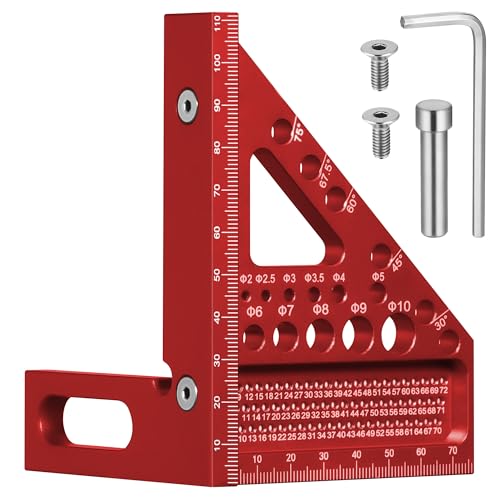Hypnotic Chimera
Directional Consultant Extraordinaire
Having recently built/organised myself a small area to start making "small stuff" (Current Shed Project thread), I am on the cusp of starting to learn hand skills and to try to make some "small stuff".
I'm aiming to make a few little projects - but have no fixed plan on exactly where the journey might take me after I start.
I intend to start by making a small box or two - probably in softwood, dunno yet... , initially just simple storage for shed organisation - hinged lids, pencil box type stuff, - in the aim of building the hand skills to make a couple of "keepsake boxes" for the house or nice pencil box or even a watch box/watch storage/watch display... just spit-balling, 'cos I've got no firm plans that I want to make "x" for definite.
To help set me up properly - when I comes to small keepsake boxes can anyone give me advice on what thickness of panels I should be aiming for, please? I'm guessing just from mocking up approx sizes it would be around 10mm, maybe less, maybe more - depending on box proportions. In my minds eye - I'm thinking overall dimensions in the region 200 x 150 x 80 mm as a start point (~8" x 6" x 3") - roughly in that ball park, just to kick off.
Another question I have is about using wood veneer/burl veneer - do I need a special glue, or does common wood glue do a sufficient job?
I have a few tools already assembled - even including a couple of old hand planes - although they do need a proper refurb, which is something else I'm looking forward to carrying out
Anyway - I do have, I think, "enough" toolage to start on the journey.
The overall endeavour is just for my own enjoyment - so these "things" that I make will be purely for my own pleasure - both the journey and the destination. I've always been reasonably good with my hands, and turned them to pretty much all and everything over the years, and I enjoy the process of making. I used to build fine scale aircraft models as a teenager (many years ago) and I have done a couple of plastic model cars over the years and still have enough dexterity and an eye for detail - so here's hoping some of that "maker" skill is transferable.
Looking forward to any tips/advice/support that anyone can offer.
Might even chronicle the process? We'll see..
I'm aiming to make a few little projects - but have no fixed plan on exactly where the journey might take me after I start.
I intend to start by making a small box or two - probably in softwood, dunno yet... , initially just simple storage for shed organisation - hinged lids, pencil box type stuff, - in the aim of building the hand skills to make a couple of "keepsake boxes" for the house or nice pencil box or even a watch box/watch storage/watch display... just spit-balling, 'cos I've got no firm plans that I want to make "x" for definite.
To help set me up properly - when I comes to small keepsake boxes can anyone give me advice on what thickness of panels I should be aiming for, please? I'm guessing just from mocking up approx sizes it would be around 10mm, maybe less, maybe more - depending on box proportions. In my minds eye - I'm thinking overall dimensions in the region 200 x 150 x 80 mm as a start point (~8" x 6" x 3") - roughly in that ball park, just to kick off.
Another question I have is about using wood veneer/burl veneer - do I need a special glue, or does common wood glue do a sufficient job?
I have a few tools already assembled - even including a couple of old hand planes - although they do need a proper refurb, which is something else I'm looking forward to carrying out
Anyway - I do have, I think, "enough" toolage to start on the journey.
The overall endeavour is just for my own enjoyment - so these "things" that I make will be purely for my own pleasure - both the journey and the destination. I've always been reasonably good with my hands, and turned them to pretty much all and everything over the years, and I enjoy the process of making. I used to build fine scale aircraft models as a teenager (many years ago) and I have done a couple of plastic model cars over the years and still have enough dexterity and an eye for detail - so here's hoping some of that "maker" skill is transferable.
Looking forward to any tips/advice/support that anyone can offer.
Might even chronicle the process? We'll see..





















